Saudi Regions: The Eastern Province
Explore the History of the Eastern Province Region of Saudi Arabia
Saudi Arabia’s Eastern Province stretches from the shallow shores of the Arabian Gulf through the palm-cloaked hills of Al Ahsa Oasis and deep into the forbidding plains of Rub’ Al Khali. Historically, its position at the crossroads of the great civilizations of the Levant, Mesopotamia and India made it a thriving
trade hub. And while Aramco’s oil and gas activities constitute much of the region’s economic activity today, for centuries merchants used it as an inland route, bringing frankincense, incense and other goods from ancient Yemen toward the great empires.
Admire Natural Beauty in the Eastern Province
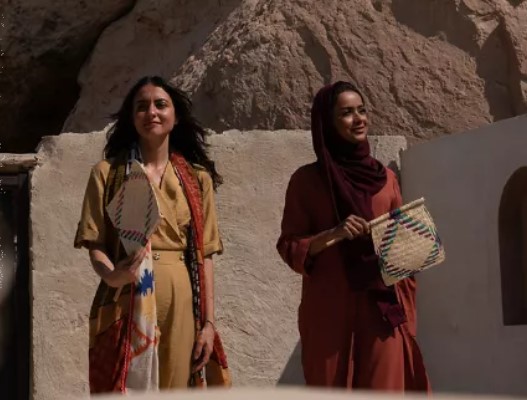
Some of the Gulf region’s first human settlements can be found in Al Ahsa, home to one of the world’s largest oases and the region’s first UNESCO-listed city. Visitors will love Al Ahsa’s natural springs, clustered among more than 3 million date palm trees, and the beautifully preserved archaeological sites that capture the kingdom’s culture and traditions.
Take time to experience the sublime views from Al Qarah Mountain, or take a guided tour of the maze of caverns and coves that weave through the cliffsides.
Discover Culture in the Eastern Province

For more of an urban vibe, make a stop in the region’s anchor city, Dammam, or venture out to nearby Al Khobar. Visit the Sultan bin Abdulaziz Science & Technology Center (Scitech), where kids can take a virtual tour into space, explore the human body or enjoy a 3D IMAX screening. For downtime, stroll along the corniche or dabble in the waters at Half Moon Bay. For those wanting an off-road adventure, take a guided trip into the dramatic dunes of the Empty Quarter, the world’s largest continuous sand mass. End your day by watching the sunset over the shimmering plains for a truly magical experience. For even more culture — from street art to vintage museums — check out this guide to six places to visit in the Eastern Province.
Souq Al Qaisariya’s hidden gems
Hugging the eastern side of King Abdulaziz Road in the Al Rafaa district of Al Hofuf, the magnetic Souq Al Qaisariya boasts wares that come with a storied past and a lineage that reflects the region’s rich trading legacy. Employing a local guide to talk you through each snug passageway is the best way to extract these tales, and to pick up some savvy haggling tips.
The history of Souq Al Qaisariya
Although widely believed to have been built in 1822, some historians — not to mention insistent Al Ahsa locals — claim the souq is referenced in historical documents that date as far back as 600 years. While its exact beginnings are disputed, what can’t be argued is that Souq Al Qaisariya is one of Arabia’s oldest markets, with history on show in every nook of its 7,000sqm space.
The souq was almost destroyed by fire in 2001, but thanks to a swift restoration project to repair its clay-walled glories, this important heritage site continues to thrive today. It holds more than 400 stalls spread across a network of maze-like rows and crosswalks — with numbered aisles to avoid getting too lost — that throng with old-world vendors and eager buyers. Its continued importance was underscored by UNESCO’s decision to grant it World Heritage status in 2018.

Textiles and clothing
Hundreds of abayas and dresses hang from the high souq walls, while handmade leather shoes, sandals, branded sunglasses and watches are scattered throughout. The market’s range of custom-made bishts make it a popular visit for men ahead of special occasions, seeing as the traditional cloak is commonly worn for weddings and Eid celebrations. Elsewhere you’ll find an abundance of stalls selling prayer beads in a plethora of colors and styles, while the clay used in henna tattoos is also a popular purchase.
Scented stalls
Traditional incense burners known as mabkhara not only add to the aromatic atmosphere of the souq but also make an inexpensive souvenir to bring home. Available in a variety of decorative styles and sizes to fit any suitcase, traders will be only too happy to let you sample the wide variety of incense — each with their own distinctive scents and purposes. Want something that will bring you luck, rid you of illness, or welcome visiting guests? There will be an aroma to suit. If purchasing a mabkhara, don’t forget to ask the vendor to throw in some charcoal discs.
Special Tour of Love Market in Dammam
Love Market is not just a shopping destination, it is also a historic area. The market was opened in 1943 and was initially a gathering place for local merchants. It later expanded to become the first women’s market in the region, and is now a real opportunity to get to know the culture of the people of Dammam. It is the beating heart of the city and the main popular market.
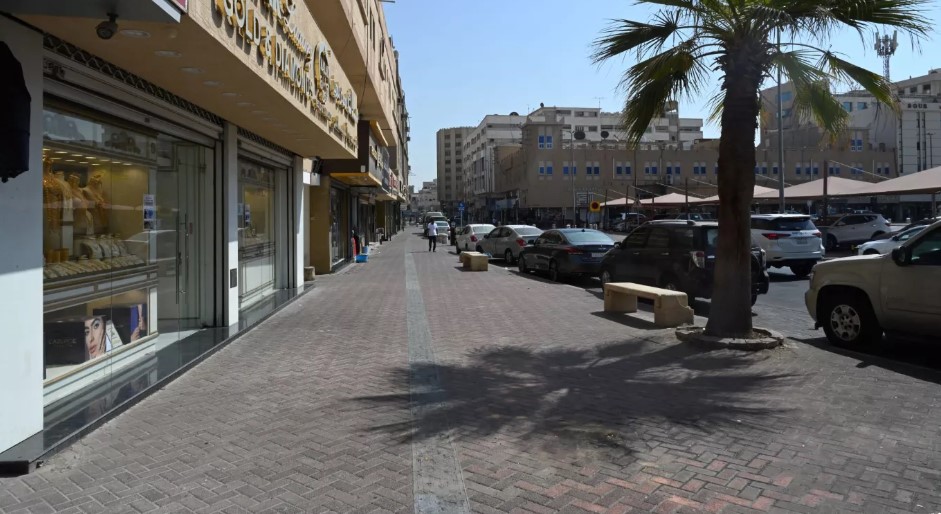
Explore Love Market
The aroma of eastern incense wafts through the corridors of the market, which are lined with shops selling exquisite gold and jewelry designs, as well as clothing, fabrics, perfumes, and herbal shops that provide various oils, henna, and spices. Snack stands are distributed in the market’s courtyard, which is paved with granite and decorated with vertical lighting and shrubs. Roaming vendors spread out along the market’s pathways to display their goods, which include handmade items, providing an opportunity to purchase souvenirs and unique pieces.
The Best Season of the Market
The best season to visit Love Market is during the holy month of Ramadan, when it flourishes with visitors and products related to the local culture during the holy month, such as traditional women’s jalabiyas, abayas, cheerful children’s dresses, local sweets, and various nuts. Shopping is accompanied by family gatherings in the market’s courtyards and congregating around food stalls to taste local foods, such as samosas, luqaimat, various sandwiches, as well as natural juices, such as sugarcane juice, and hot beverages, such as tea and delicious karak drink.
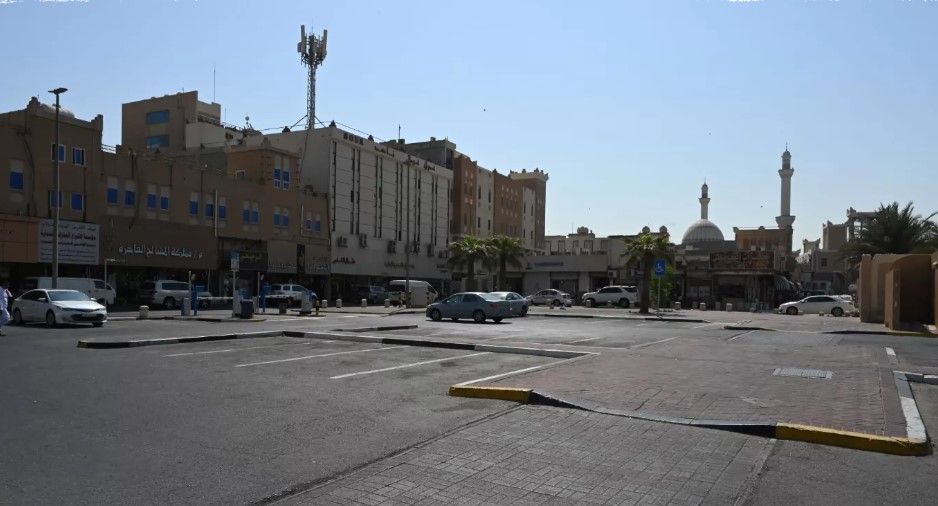
Blending the Past with the Present
The market blends modernity with ancient history. You will encounter many shop owners who have been in the market’s corridors for decades, hearing from them stories stuck in memory and taking from them the essence of experience and wisdom.
The market opens daily from 9:00 AM to 11:00 PM.
Discover Tarout Castle
Just three towers remain of Tarout Castle; a trio of crumbling turrets perched atop a hill in the heart of Tarout Island that were once part of a regional stronghold. Thought to date back to 5,000 BC, the castle’s time-weathered walls have seen the rise and fall of multiple empires, and are ripe for exploration.
The castle lies off the coast of Qatif, around 30 km from Dammam, and is accessible via a causeway that connects the island to the mainland. The drive from Dammam is an easy one, along a coastal road that winds around inlets and bays and past clusters of fishing boats. The bridge to the island is occasionally closed, but simply explain the purpose of your visit and you’ll soon be on your way.
The best way to tour Tarout Castle is with a local guide who can talk you through its vivid history. The island itself is thought to be among the oldest inhabited sites in the Arabian Peninsula and a former heartland of the ancient Dilmun kingdom, a civilization that ruled Arabia’s trade routes more than 4,000 years ago. Later eras saw the island colonized by the Turks and the Portuguese, a reflection of Qatif’s importance as a transit hub for sea trade.
Inscriptions and relics from the Mesopotamian era have been found in the base of the castle and suggest that its foundations could have first been established in 5,000BC. If so, the Castelo – as it is locally known – was likely the main defence barrier between invading forces and the local people for more than a millennium. Today, its intact walls continue to loom over the nearby community, a sandstone stronghold from years past.
While visiting the castle it’s also worth exploring the surrounding village, which is a labyrinth of passages and walkways that wouldn’t be out of place in Portugal, Italy or Spain. The facades on the houses bear the remnants of carved teak balconies and frames, and arabesque engravings that speak to the island’s protected heritage. Many of the properties are inhabited, and it adds to the experience to see daily life take place among such antiquity.
Tarout Castle is open to visitors after 4 pm. Entry is free, and guides can be hired for a small additional cost.

Visit Dougha Handmade Pottery Factory
Nestled snugly within the caves of Al Qarah Mountain’s western face, Dougha Handmade Pottery Factory offers an enchanting bonus excursion for any visitors to Al Ahsa’s most famous geological landmark. Visitors will notice a striking display at the entrance, as rows of upturned pots spilling various shades of clay hint at the importance of pottery in the Islamic world.
Described in the Holy Quran as the substance from which humans were created, the ancient craft of molding clay remains deeply symbolic of the story of humankind. The act of mixing clay with creativity is believed to date back over 15,000 years, and the traditional methods of pottery on show here at Dougha remain closely tied to those used throughout millennia.

A family business
Walk through the factory’s turreted entrance and fortress-like doors, and the effect is to travel back in time. It’s here where, 150 years ago, a man named Dougha Al Gabash set up shop in one of Al Qarah many cavernous hideouts. The temperate surroundings not only kept him cool but also kept his mountain-sourced clay moist. This was the perfect place for the master potter to begin a craft that he would pass down to his sons, who in turn spread the tradition to their own children.
It is these grandsons who are now in charge at Dougha. The factory may have changed since their grandfather’s day, having expanded to include tourist-friendly lounge areas, restroom facilities and heritage displays. But the finished ceramics remain an in-house skill specific to this corner of Al Ahsa.
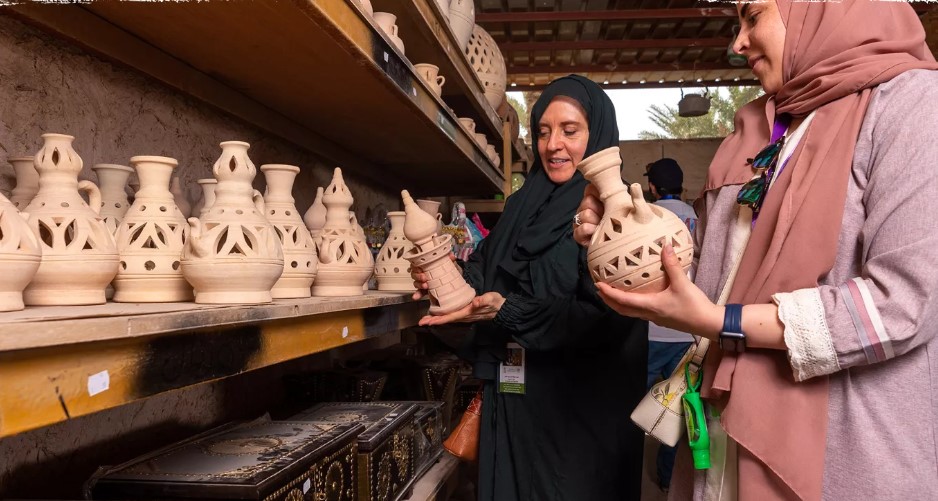
The pottery-making process
Unlike in the days of its founder — who is honored with photographs and portrait paintings on the wall — visitors to the factory are now frequent. The potters at Dougha are warm and welcoming, and only too happy to demonstrate their talents and provide living proof of the longevity of handmade craftwork.
Watching the dexterity, patience and calmness on show, it’s hard not to be entranced by the meditative nature of the process. Here at one of the oldest pottery centers in Saudi Arabia, you’ll find an antidote to the fast and frenetic modern-day methods of mass-production.
The ceramic results of their skilled endeavors are vast, varied and vivid. Stacked on shelves and hanging from the ceilings, you’ll find everything from huge underground cooking pots known as mandi, traditional water coolers (zeer) and mabkhara incense burners. Vessels range in size, with hundreds of suitcase-friendly smaller pots and vases on offer for as little as SAR10 (about US$2.67).
Take a turn
Should you wish to try your hand at pottery making, and truly appreciate the finely honed skills involved, then you’re welcome to take a seat at the wheel. Dougha Handmade Pottery Factory opens between 8am and 7pm and individual visitors can request a display from the potters on arrival, though large groups should arrange tours in advance.
Relive your childhood at Taybeen Museum
A 10-minute drive from the centre of Al Khobar, in an otherwise residential area, is Taybeen Museum, an extraordinary passion-project and wonderfully unexpected trip into a bygone age.
Only the flash of some neon lighting and a discreet yellow welcome sign mark the venue out as something other than a routine family home, but venture inside and you’ll find Taybeen Museum is anything but ordinary.
The word ‘museum’ can often conjure up images of staid halls and dusty glass cabinets, but Taybeen is a journey into the eccentric. For a start, the villa is both an aviary and a museum, so as you enter you’ll be greeted by a wall of song generated by a colourful collection of birds. They cheerfully flit in a small sanctuary that makes for an entertaining 30-minute walk.
After a quick cup of tea in one of several rest areas, you can venture into the museum itself, which houses a wealth of vintage finds, ranging from classic pop-culture prints to advertising memorabilia. The collection began as a hobby for its owner, Majid Al Ghamdi, but quickly grew into a trove of more than 10,000 curious tracking popular culture through the ages.
Whether it is soda cans and candy packaging from the past century; cabinets devoted to familiar household items such as the stereo or camera; or even a nostalgic look at much-loved childhood characters from Sesame Street, Star Wars or Marvel’s comic book superheroes, each corner sparks a smile and a fond recollection.
This is exactly what the founder intended. He wants visitors to relive the childhood memories associated with these items and, according to the statement on the wall, “feel their happiness”. Through these reminiscences, he hopes visitors of all stripes will form a common connection, rooted in their shared experiences – and it is certainly very difficult not find yourself grinning all the way around this delightful trip down memory lane.
Entry to Taybeen Museum costs SAR15 ($4) for visitors aged 5 to 15 years, and SAR25 ($6.66) for those aged 16 years and above. A journey around the museum will take about 45 minutes to complete and then you have the opportunity to load up on some retro treats from the sweet shop at the entrance.
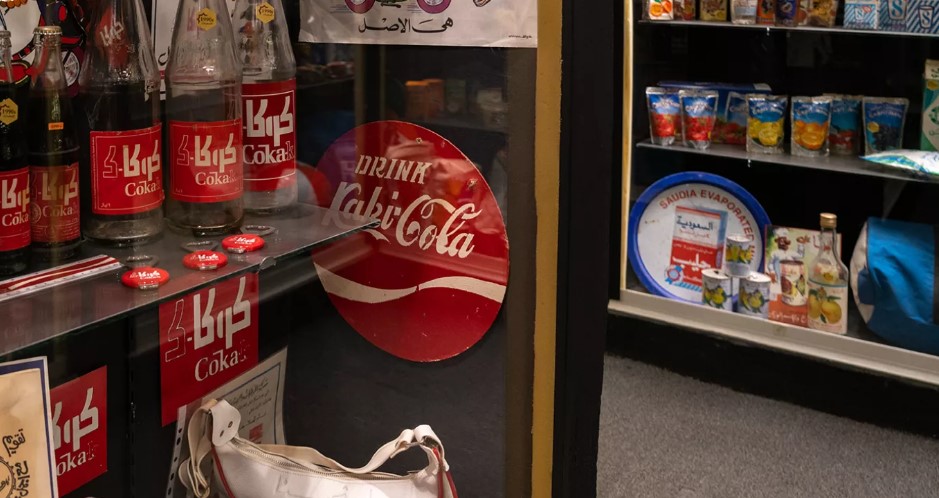
Scitech Center
Sultan bin Abdulaziz Science and Technology Center (SciTech) is located on Khobar Corniche, occupying an area of 21,700 square meters. It was established in 2000 to be a global scientific center that helps researchers, students, and enthusiasts in the fields of science and technology.
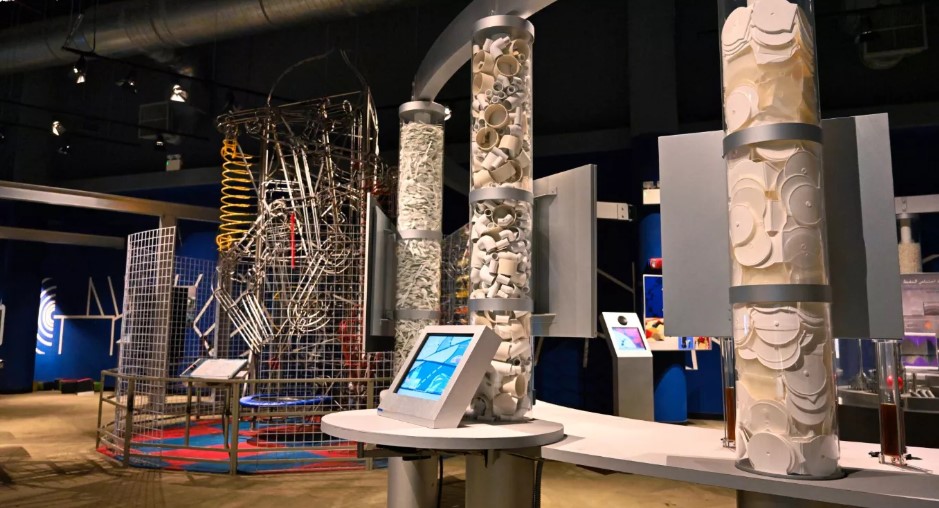
A Rich Scientific Destination
SciTech Center aims to deliver scientific topics in a simple and interesting way for all ages, in addition to developing scientific thinking and analytical skills for use in daily life. Temporary exhibitions are held for communications, computers, and scientific books to expand visitors’ horizons in the technical field.
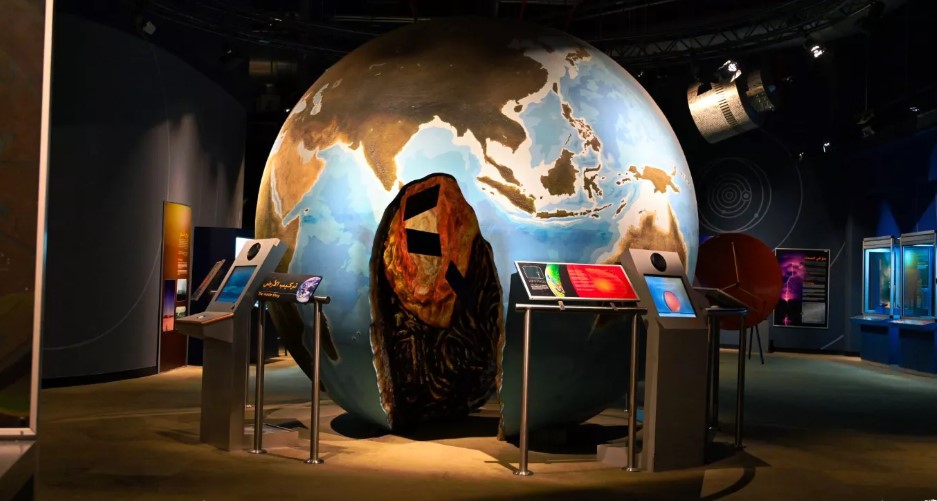
Knowledge in Exciting Films
The center features a scientific dome that can accommodate up to 193 viewers, showing films in IMAX technology that allow you to experience events in the movie as if you were there. The film is displayed on a curved screen with high-definition sound effects. The films cover a variety of topics, including space, scientific facts, and natural phenomena.
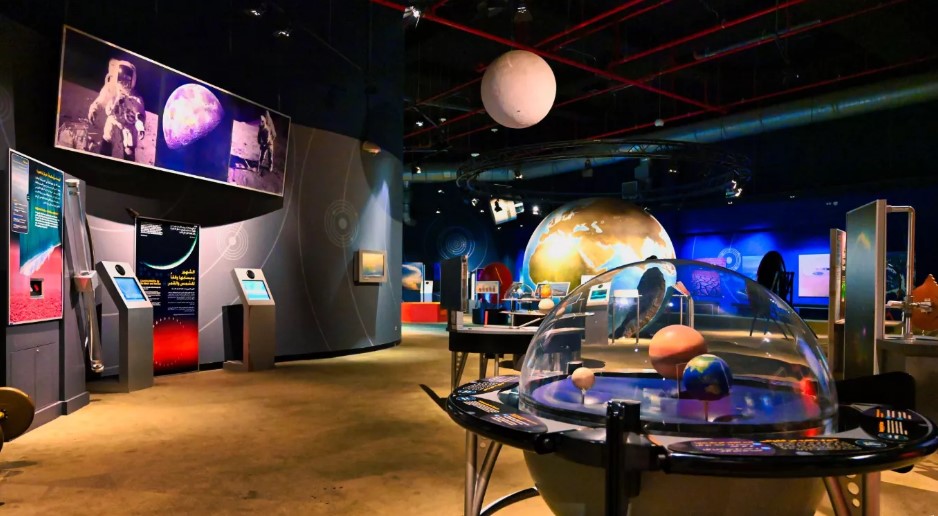
Explore More
At SciTech Center, you will enjoy an exciting educational tour, as it includes seven scientific halls that provide scientific facts about the seas, space, earth, living organisms, technology, and more. Each hall contains exhibits according to its theme, with a total of 350 scientific exhibits.
The center also includes an astronomical observatory, which houses a telescope used to view planets and comets and explore the surface of the moon. Training courses, meetings, and lectures in the field of astronomy are also held in the observatory.
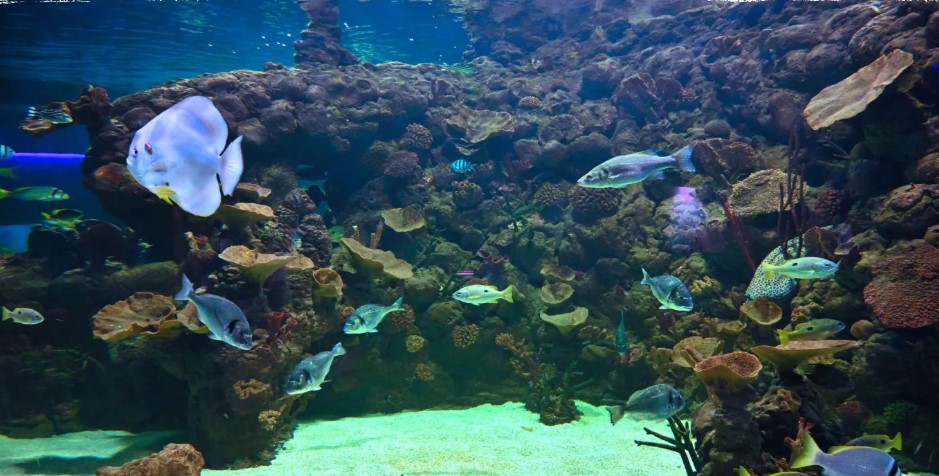
Visiting Hours
The center welcomes visitors daily in the morning from 9:00 a.m. to 12:00 p.m. and in the evening from 4:00 p.m. to 10:00 p.m., except on Fridays when it only opens in the evening.
6 places to visit in the Eastern Province
Don’t be fooled by the laid-back air of Saudi Arabia’s Eastern Province. This region of Saudi Arabia might not have cities with the fast-paced buzz of Jeddah or the urban flair of Riyadh, but this corner of the kingdom has its own compelling story to tell: It’s where the country’s wells of black gold were first discovered, and where the world’s largest oil company was born. It’s also where a small fishing village grew into one of the Middle East’s largest ports, and where Arabia’s biggest and most impressive cultural center was forged.
It’s a region rich in diversity, heritage, and quiet drive that offers something for visitors of all ages. Here are some of the Eastern Province’s top cultural draws:
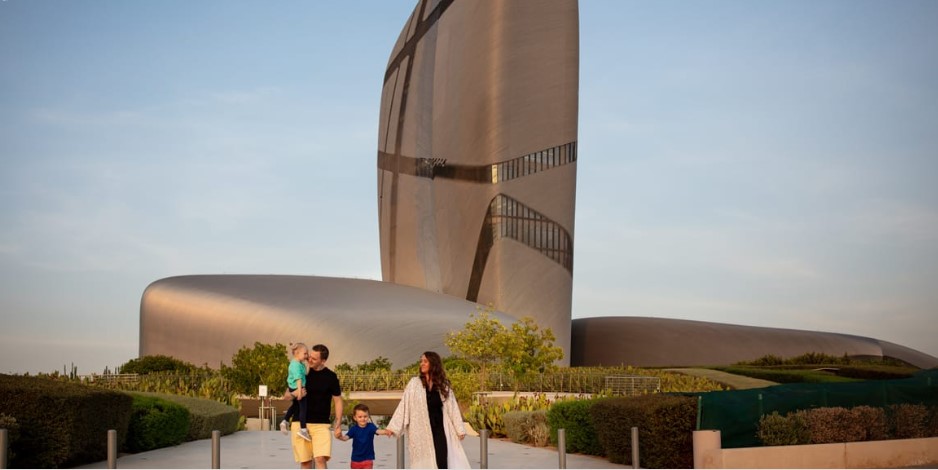
1. King Abdulaziz Center for World Culture (Ithra) in Dhahran
Rising 90 meters from the desert, Ithra’s sculpted form dominates both the Dhahran skyline and the region’s cultural scene. Built close to the site where oil was first tapped in 1983, Ithra (the Arabic word for “enrichment”) is a world-class cultural center. The future meets the past in the state-of-the-art building, which spans more than 80,000 square meters and includes a vast library, theater, cinema, ideas lab, and knowledge tower, along with a range of curated galleries and installations designed to inspire, engage, and delight. Little ones will particularly love the Children’s Museum. One visitor to the museum said, “The kids particularly enjoyed playing in a sea of Jenga blocks, the infinity mirror room, the illusion and perspective room, colouring corner, and indoor cave. When it was time to leave, it wasn’t easy convincing our toddler to let go of all the flashy and attention-grabbing displays!”
Look up the center’s packed program of events, workshops, talks, and performances to see what’s scheduled. Entrance to Ithra is free, but events and the cinema require tickets.
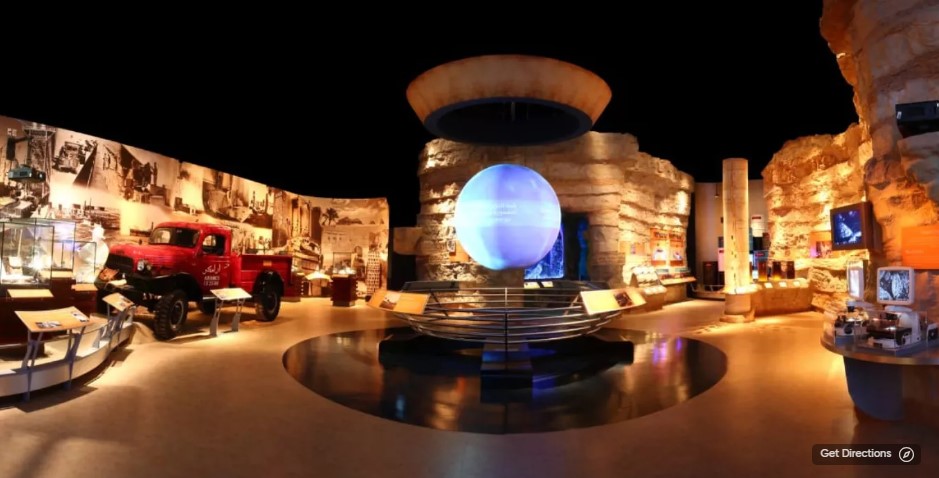
2. The Energy Exhibit in Dhahran
Just a stone’s throw from Ithra is the Energy Exhibit, a hands-on, immersive voyage into the world of petroleum, its science, energy, and technology. The focal point of this kaleidoscopic space is a 12-player interactive game that brings energy production to life through touch-screen gaming. Don’t miss the cutting-edge exhibits, especially those on alternative energy sources.

3. Alfelwah and Aljowharah Museum in Al Nuzha
An avid collector of cultural and traditional artefacts, millionaire philanthropist Abdulwahab Al Ghunaim took his hobby to a new level when he opened the Alfelwah and Aljowharah Museum in 2018. Today, a collection that began as a handful of local treasures is a valuable exhibition of more than 500,000 objects packed into a palatial villa in Dammam.
The eclectic mix of items includes a 500-year-old copy of the Quran, vintage cars, antique gramophones, and some of the private possessions of Saudi Arabia’s first monarch, King Abdulaziz. Visitors can also see a traditional Saudi bedroom and meeting hall setup. There’s something in the quirky assortment of curiosities to pique the interest of every visitor.
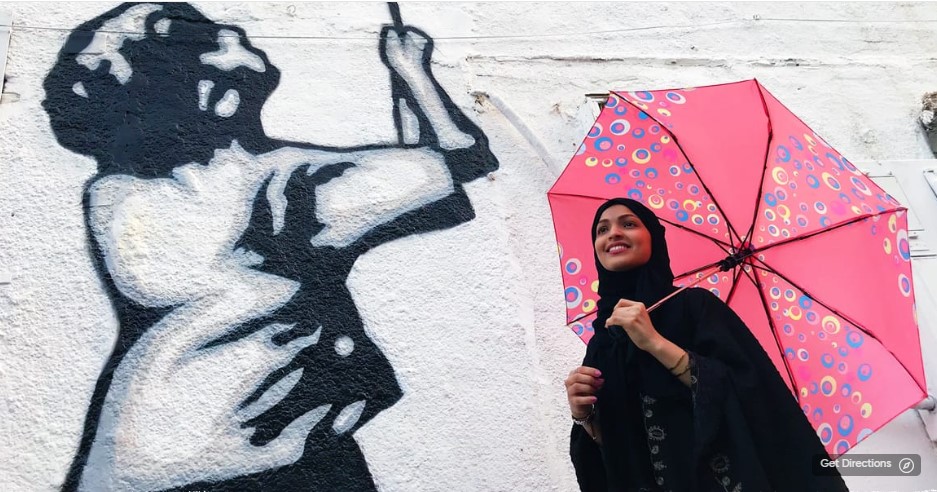
4. The Alfan Sharqy Urban Art Exhibit in Bayoniya, Al Khobar
The historic neighbourhood of Bayoniya got a makeover in 2018, courtesy of a coterie of young Saudi artists who turned its streets into a giant canvas, complete with an explosion of graffiti. The Alfan Sharqy (Art is Eastern) graffiti exhibit was organized by Dawi Gallery, under the sponsorship of Princess Abeer bint Faisal Al Saud, and saw six of the area’s traditional houses transformed by a rainbow of murals, chromatic calligraphy, and abstract designs. The walls here are a reminder that exciting and transformative art can appear in the most unexpected of places.
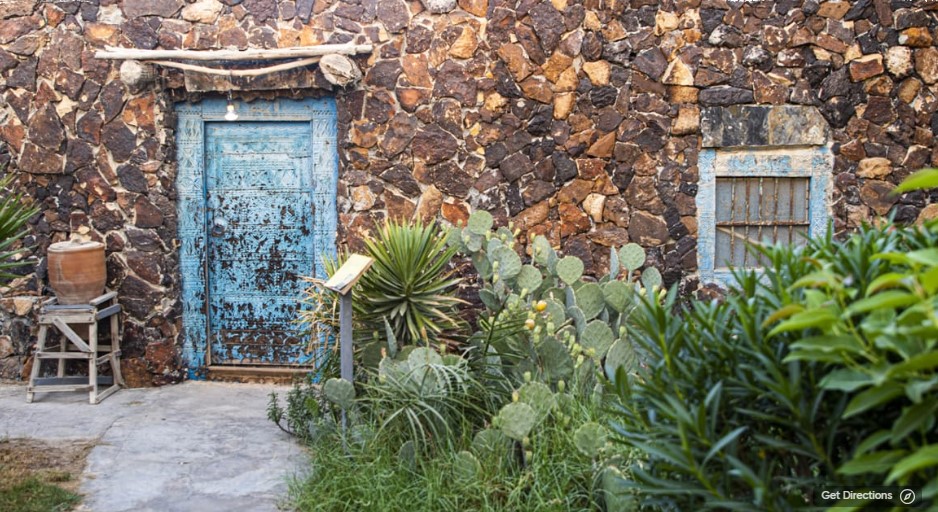
5. Taybeen Museum in Al Khobar
Taybeen Museum is a passion project, powered by nostalgia. The 300-square-meter museum in Al Khobar was born of Majid Al Ghamdi’s urge to preserve the vintage finds of his youth, a pastime that grew into a collection of retro toys, board and video games, posters, televisions, cameras, and branded food and drink containers 10,000 pieces strong. With a cabinet charting the evolution of Coke bottles from the 1970s on, plush Sesame Street character toys and vintage Barbies, there is no better place to relive your childhood.
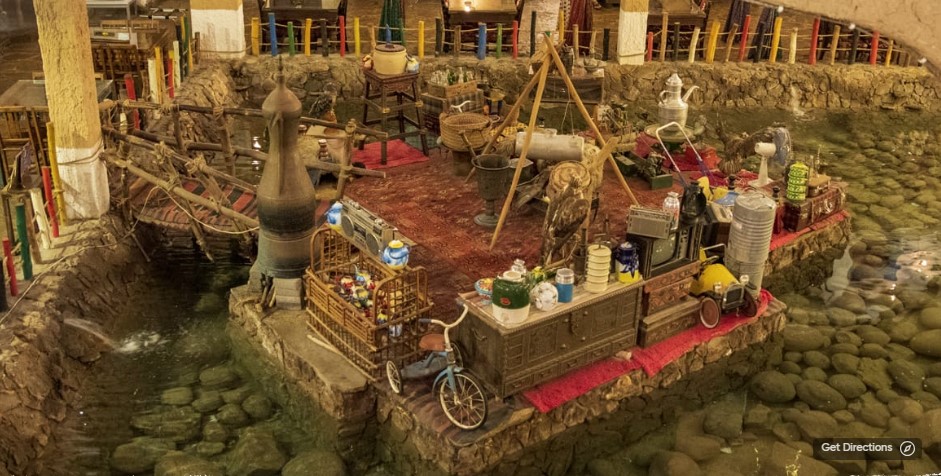
6. Heritage Village in Dammam
Part museum, part restaurant, Dammam’s turret-topped Heritage Village gives visitors a glimpse into a simpler life. The five-story building houses a museum, where troves of jewellery, manuscripts, fabrics, and other artefacts are on display, and a small craft-filled market where Arabic perfumes, incense, woven palm-frond baskets, and wall hangings are sold. But the biggest draw here for many is the restaurant. Curl up on traditional floor cushions and sample delicious local fare, including delectable mezze spreads and platters of grilled meats and rice, for an experience that comes close to eating in a Saudi home.
